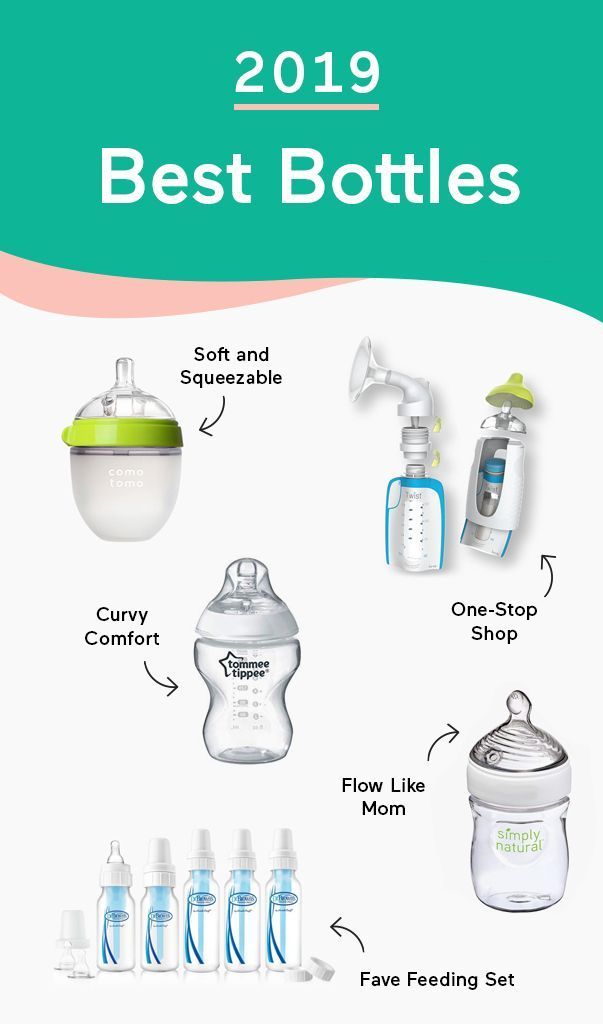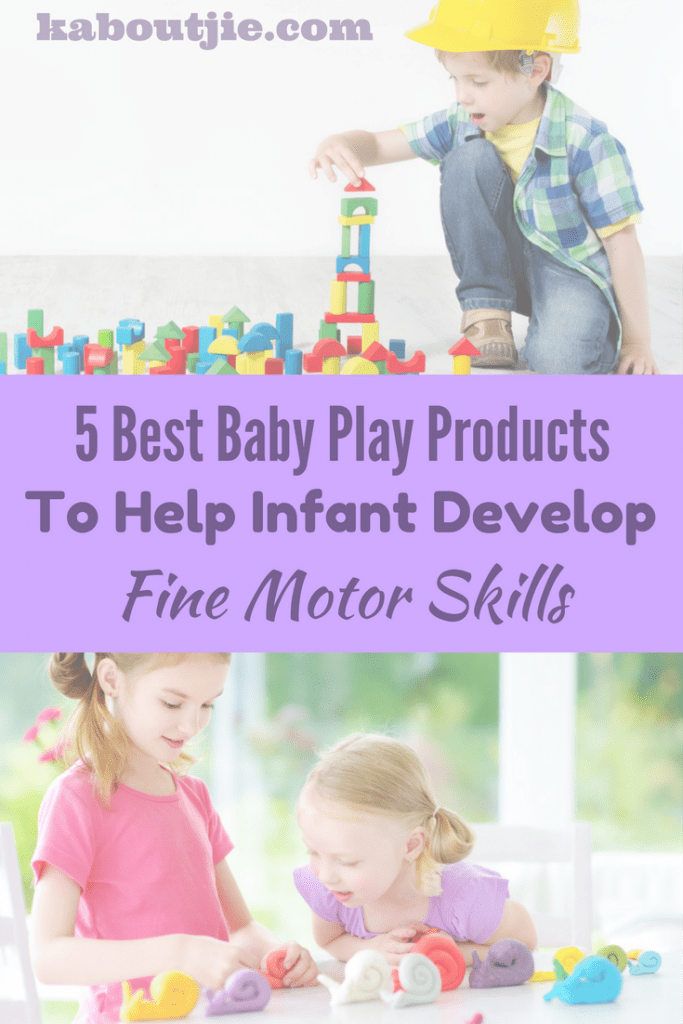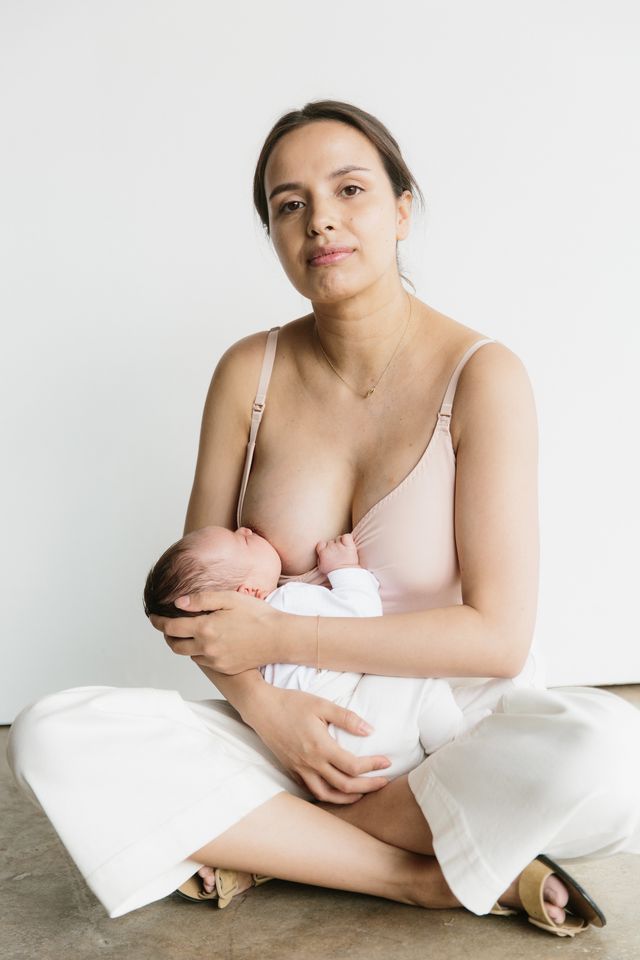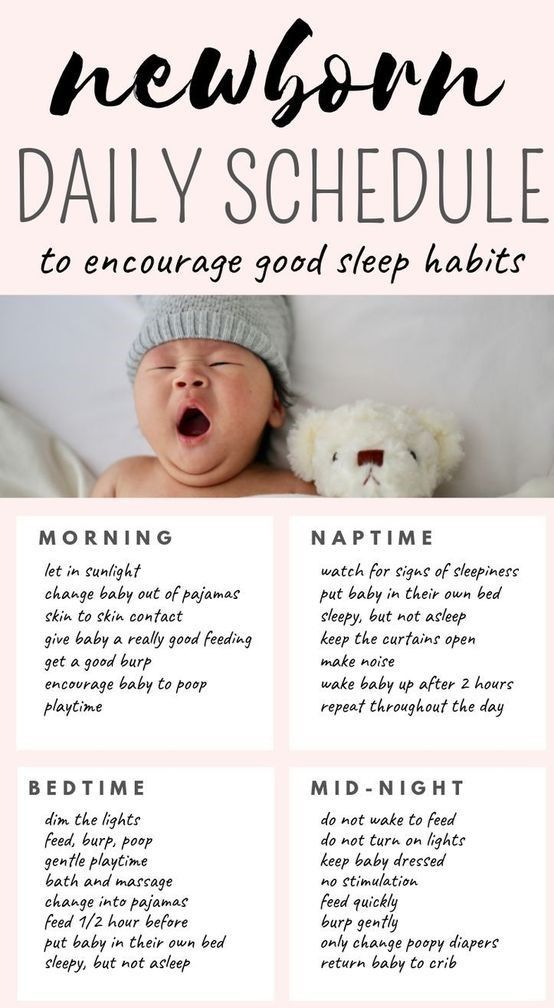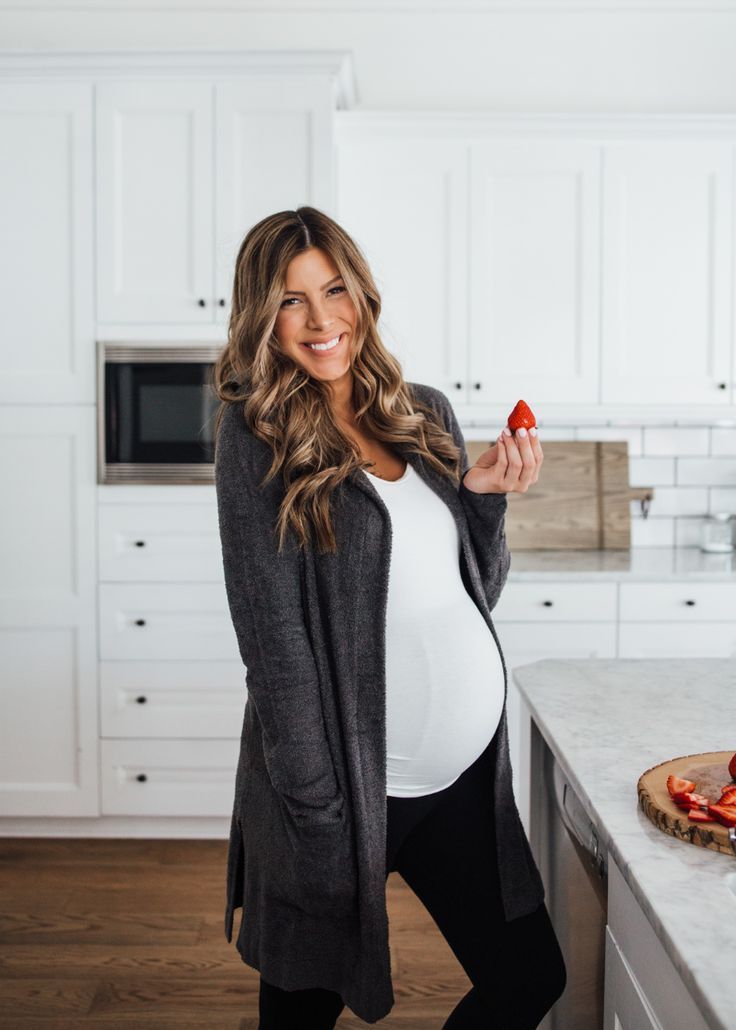How long do baby bottles last
How Often Should You Be Replacing Your Baby Bottles & Nipples?
The answer may surprise you! Since bottles and bottle nipples are used, cleaned and sanitized almost daily, you can expect to observe some wear and tear sooner than you may think. Deterioration of the nipple or bottle can result in concerns with both safety and function. Because bottles and nipples can be essential for daily feeding and nourishment, it’s important that parents and caregivers are routinely monitoring their conditions to ensure hygiene and safety.
What to look for
According to The Health Site, bottles and bottle parts should be regularly checked for signs of cracking, scratches, leaking and discoloration. Bottle nipples should be checked for breaks, tears, discoloration, swelling and thinning. A thinning or over stretched nipple opening will have a forceful (rather than controlled drops) flow when turned over. Breaks or tears can lead to choking hazards. Baby center notes that germs and mold can survive in parts of the nipples or bottles that are damaged even after being sterilized, which can be compromising to a baby’s health. Try to monitor conditions each time you clean the bottle or bottle parts. It’s best to discard them and replace with new ones if you notice any potential hazards.
When should bottles & bottle nipples be replaced?
The Health Site suggests that if you are regularly monitoring your bottles for wear but they happen to be in good condition, a general rule is to replace nipples every 2 months on average. Nipples need to be replaced more often because silicone or latex materials are more prone to damage from feeding, cleaning and sterilization processes. It is recommended that bottles be replaced every 4-6 months. Glass bottles may not need to be replaced as frequently if they’re in good condition.
Bottle care
Proper maintenance and care can increase the safety and longevity of your bottles. According to the CDC, bottles and bottle pieces should be taken apart and cleaned thoroughly after each feeding. If you are using a dishwasher, be sure to rinse bottles prior to placing them in the dishwasher.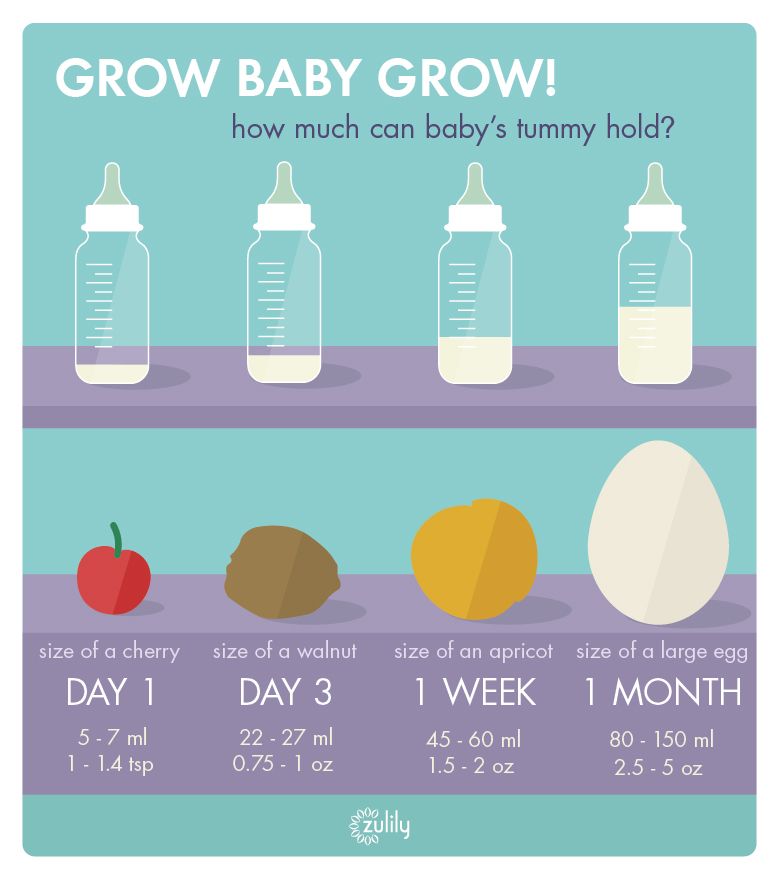 If you prefer to hand wash, be sure to clean bottles & parts by rising with soap and water. Avoid soaking bottles or leaving them in the sink since this can cause mold or bacteria to form. Air-drying is recommended in order to prevent germs and mold from breeding. Once bottles are dry it’s best to store them in a safe space like a cabinet. Eventually it will be necessary to replace your bottles & parts even if you’ve been careful. Be sure to check the website of the bottle company before buying a completely new set. Some bottle companies have replacement kits available on their website so that you can easily replace bottles, bottle parts or nipples instead of buying an entirely new set.
If you prefer to hand wash, be sure to clean bottles & parts by rising with soap and water. Avoid soaking bottles or leaving them in the sink since this can cause mold or bacteria to form. Air-drying is recommended in order to prevent germs and mold from breeding. Once bottles are dry it’s best to store them in a safe space like a cabinet. Eventually it will be necessary to replace your bottles & parts even if you’ve been careful. Be sure to check the website of the bottle company before buying a completely new set. Some bottle companies have replacement kits available on their website so that you can easily replace bottles, bottle parts or nipples instead of buying an entirely new set.
Written by Christine Pollack, OTR/L
References
Cdc.gov. 2020. How To Clean, Sanitize, And Store Infant Feeding Items | Healthy Childcare | Hygiene | Healthy Water | CDC. [online] Available at: <https://www.cdc.gov/healthywater/hygiene/healthychildcare/infantfeeding/cleansanitize.
html> [Accessed 20 December 2020].
Arora, D., 2020. How Often Should You Replace Your Baby’S Feeding Bottle? | Thehealthsite.Com. [online] Thehealthsite.com. Available at: <https://www.thehealthsite.com/parenting/how-often-should-you-replace-your-babys-feeding-bottle-d0116-361453/> [Accessed 20 December 2020].
BabyCenter. 2020. Bottle-Feeding: When To Replace Nipples And Bottles | Babycenter. [online] Available at: <https://www.babycenter.com/baby/breastfeeding/bottle-feeding-when-to-replace-nipples-and-bottles_1129505> [Accessed 28 December 2020].
BabyCenter India. 2020. My Baby's Bottle, Nipple And Sipper Have Mould. Is It Safe To Use Them Once Cleaned?. [online] Available at: <https://www.babycenter.in/x1050506/my-babys-bottle-nipple-and-sipper-have-mould-is-it-safe-to-use-them-once-cleaned> [Accessed 20 December 2020].
Related Blog Posts
How to Stop Baby from Scratching
Fall Flavors: Recipes for the Whole Family
Family Fun Night
Do Baby Bottles Expire? How Often To Change Baby Bottles
Questioning do baby bottles expire?
In this old baby bottle guide we talk all about how long can you use baby bottles, how to care for and how to store baby bottles, the key signs of an old baby bottle, and what to do with old baby bottles!
Let’s face it, if you are bottle feeding your baby you are probably going to have several baby bottles around your home.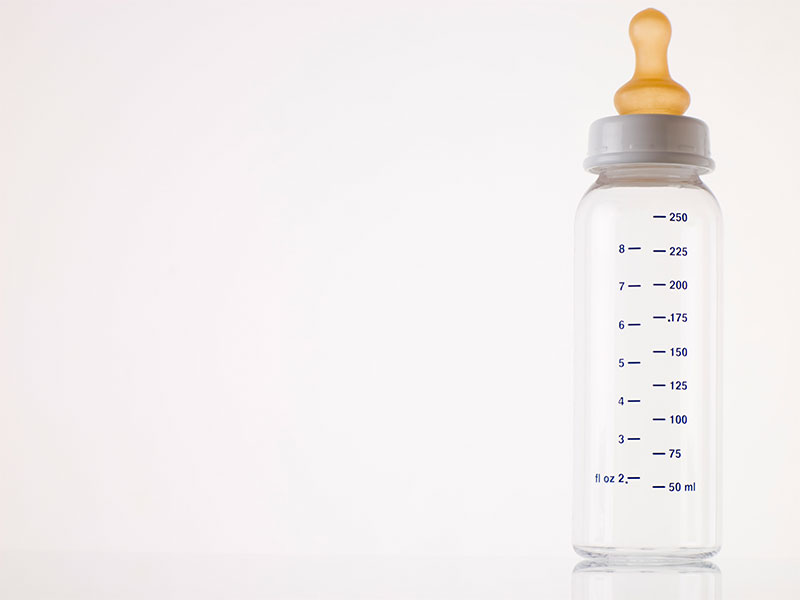
You’ll want to have spares, so you don’t have to wash them right away, for your diaper bag, or even your child’s daycare.
But, that leaves you wondering – how long are baby bottles good for?
That’s why we created this guide! So, you can learn everything you need to know about how often to change baby bottles.
And while we are talking about old baby bottles, you might want to check out our guides on does baby formula expire, do baby wipes expire, does baby powder expire and do pacifiers expire? Or even our guide on Spectra S1 vs S2.
Do Baby Bottles Expire?No baby bottles do not expire.
You will not find an expiration date on the package of your baby’s bottles. This is because unlike with pacifiers, bottles take less of an impact from your baby sucking due to the hole in the center.
This is not to say that your baby’s bottles will last forever.
In fact, baby bottles do go bad and need to be replaced rather often.
How Do Baby Bottles Go Bad?There are two main components to look at when checking if your baby bottles have gone bad.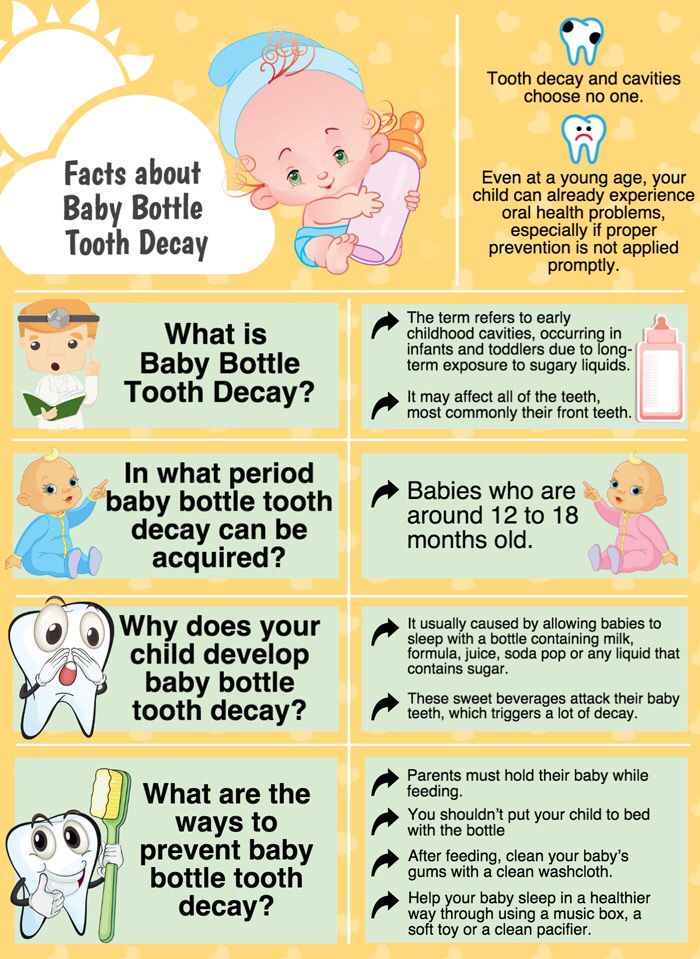 The bottle and the bottle nipple.
The bottle and the bottle nipple.
Plastic bottles do eventually break down.
This can be from sterilizing and going through your dishwasher. If you notice that the plastic has become cloudy and is no longer easy to get clean you should replace your plastic baby bottles.
This is because micro-scratches have formed in the plastic from cleaning. These micro scratches leave room for bacteria to hold on even when cleaning your baby’s bottles.
Washing and sterilizing heats the plastic of your bottles up to high temperatures. This can lead to warming that can sometimes affect the seal of the lid. Warped baby bottles leave room for milk to dribble out and make a mess around your home but can also make it easy for extra air to get into your baby’s bottle causing gas.
Glass BottleGlass baby bottles these can last longer without issues due to the glass being harder to break down and harbor bacteria.
However, they can still become damaged and need replacement.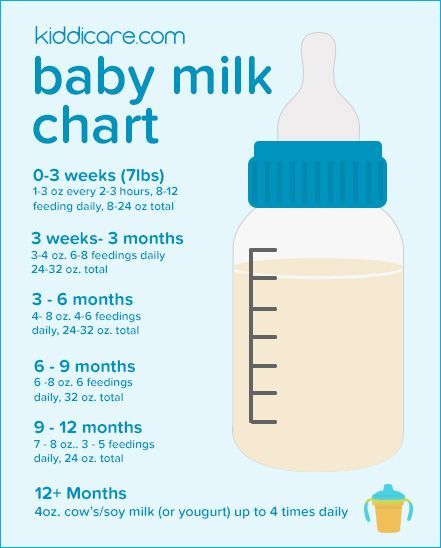
To check, hold your glass bottles up to the light each time you fill them to check for scratches, chips, or cracks.
If any damage is noted, toss the bottle into your recycling bin and replace it with a fresh one.
Bottle NippleThe bottle nipples that belong to your baby’s bottle go bad a lot easier than the base of the bottle. This is because they are made of softer material that tugs and pulls as your baby sucks. This soft material also tends to fall prey to tiny sharp baby teeth that cut through them faster than ever.
When your baby bottle nipple goes bad it becomes a choking hazard.
Baby bottle nipples are most often damaged from the nipple brush being pushed through the hold making it too big for your baby. If this happens your baby is likely to choke or fuss when the milk comes out too fast for them.
How To Check Your Bottle NippleWhen your baby bottle nipple wears down it becomes a choking hazard you need to check the nipple with each feeding just like you do with a pacifier.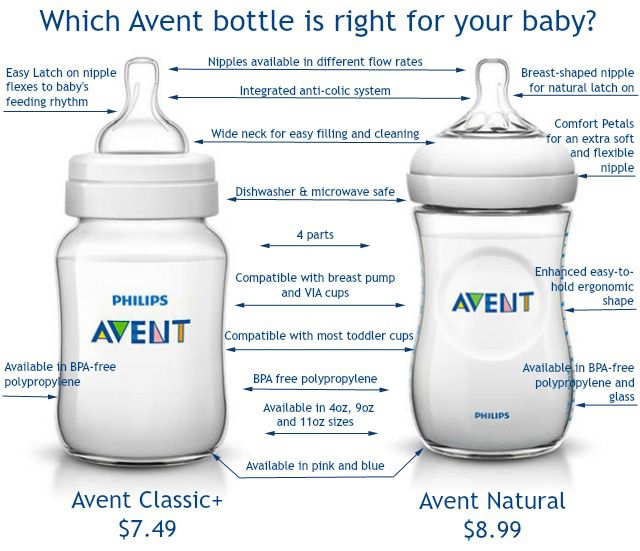
While your baby is likely to fuss when the nipple of the bottle is damaged giving you a heads up this is never a guarantee and checking manually is worth the effort.
Simply pull the nipple up from the base, point at a light, and look for cracks or holes.
Pinch the top of the nipple to see if the hole in the bottle has ripped open wider.
If you notice signs of damage to the nipple, toss it out and replace it with a new one.
How Often Should You Replace Your Bottles?How often to replace baby bottles?
Well, if you notice cloudiness, cracks, warping, or color changes you should replace your bottles imminently to prevent problems like the growth of bacteria or leaks.
Bottles, in general, should be replaced every 4 to 6 months. When it is time to replace your baby’s bottles it is time to assess if your baby is ready to move up a nipple size.
The nipples of your baby bottles should be replaced every 1 to 2 months even if they do not show signs of damage. This helps to prevent unnoticed wear and tear from turning into a choking hazard.
This helps to prevent unnoticed wear and tear from turning into a choking hazard.
When it comes to your baby’s safety you should always air on the side of caution.
You might also like this guide on how many baby bottles do I need?
How To Care For Your Baby BottlesTo make your baby bottles last and prevent risks to your baby you should take good care of them. Your baby’s bottles should be washed or at least rinsed out after use and not left to sit filled with milk or formula. Leaving them to sit encourages the growth of bacteria and mold that can be hard to completely remove.
When you are ready to give your bottles a full wash, always soak them in hot water to listen up any stuck-on fat and proteins that can lead to bacterial growth. Hand washing with a bottle brush will get a cleaner finish than your dishwasher. If you chose to wash your bottles in the dishwasher, use the top rack to avoid melting and warping of your bottles.
For young babies, it is important to sterilize bottles to protect your baby from getting sick due to any bacteria in your bottles. You should sterilize them after washing before use. This can be done in your dishwasher on the fertilizing setting, by boiling on the stove or using a steam sterilizer.
You should sterilize them after washing before use. This can be done in your dishwasher on the fertilizing setting, by boiling on the stove or using a steam sterilizer.
The high heat of sterilizing does shorten the lifespan of plastics, but it helps to protect your baby from illness making the trade-off of needing to replace bottles every 4 to 6 months well worth it.
Allow bottles and nipples to air dry rather than hand drying them. This will prevent bacteria that have settled onto your dish towels from getting into your bottles. Air drying may take a bit longer before you put your bottles away, but a drying rack can be a big help in allowing air to circulate.
Never freeze milk directly in your bottles unless they are designed for frozen milk storage. Some types of plastic cannot handle the expanding and contracting of freezing and will warp or even crack if you use them in the freezer. If you want a feeding system that allows you to use the same bottles for feeding and storage, choose a bottle that is specially designed for a feeding system that attaches bottles to your milk bags.
Remember that like with pacifiers and other baby items that tend to wear out, frequent replacement is the best choice even if the item may look like it has a bit of life left in it.
Final Thoughts On How Long Do Baby Bottles LastWhilst baby bottles don’t expire, they also won’t last forever and should need to replaced regularly.
We hope this guide has been helpful in answering your questions on how long are baby bottles good for and when to replace baby bottles.
And if you’re looking for more great guides, then check out these guides on best bottles for breastfed babies, how to warm bottles on the go, best bottles for tongue tie, and best baby bottles for reflux.
How to wean a child off the bottle
Your child is growing, but the passion for the bottle does not go anywhere? Let's look at this problem in more detail and study the advice of experts on how to wean a child from a bottle. To begin with, it is important for parents to understand that sucking for a baby is a natural process that forms his emotional attachments, and quite strong ones. Sucking is identified with closeness to the mother, when the bottle replaces the baby's mother's breast, so in it he finds both comfort and a sense of security. A similar situation in children and with a pacifier, so this is the first worthy replacement to facilitate the weaning process. One way or another, a grown-up baby must be weaned from both the first and the second, of course, at different points in time. nine0003
Sucking is identified with closeness to the mother, when the bottle replaces the baby's mother's breast, so in it he finds both comfort and a sense of security. A similar situation in children and with a pacifier, so this is the first worthy replacement to facilitate the weaning process. One way or another, a grown-up baby must be weaned from both the first and the second, of course, at different points in time. nine0003
Contents Expand
- Why is it difficult for a baby to wean from a bottle
- Maybe wait until he quits?
- Optimal age for weaning
- Weaning your baby from the bottle correctly
- What not to do
- Everything has its time
Why it can be difficult for a baby to wean from a bottle
Ideally, there is only one ideal food for every child in the first year of life - breast milk. But sometimes there are cases when a young mother does not have enough milk or it completely disappears. Then formulas adapted to the needs of the baby, which are given through a bottle, come to the rescue.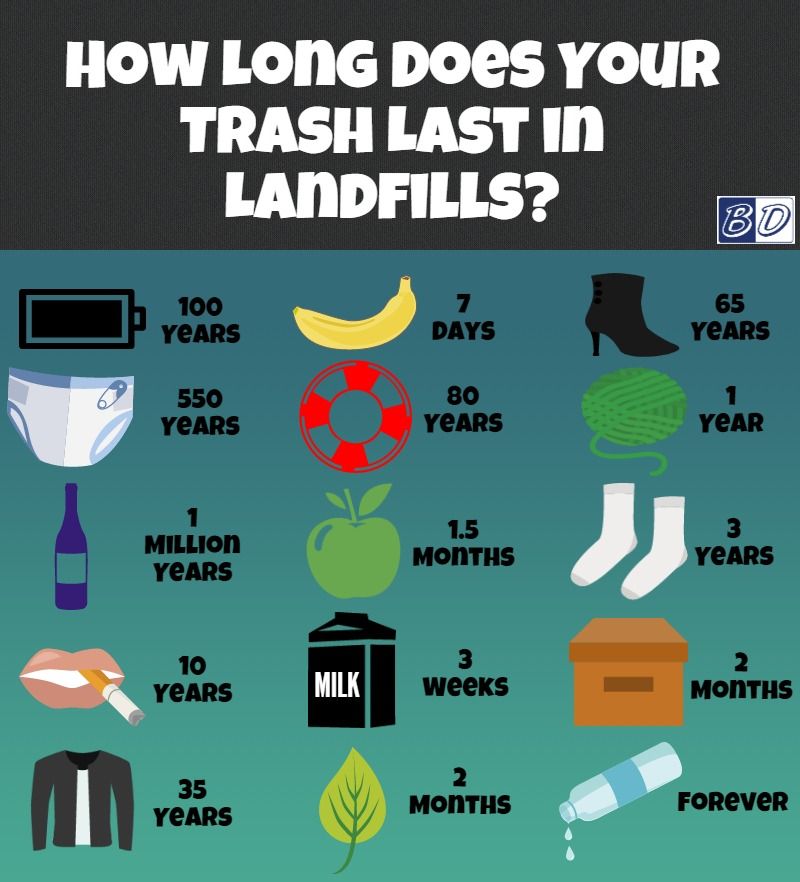 Once having accustomed a child to a bottle, parents should understand that in this case it replaces his breast (the baby associates it with his mother's breast, feels his mother's closeness and feels protected, which helps him fall asleep well) and, of course, serves him, sometimes the only , source of food. When the baby grows up, begins to receive food from a spoon, attachment to the bottle still remains strong, it is on the emotional plane. And mom must understand that weaning can be a very difficult task. It will be necessary to choose the right time for your baby and remove his favorite accessory very delicately, choosing a worthy replacement so as not to injure the psyche of both the baby and yours. nine0003
Once having accustomed a child to a bottle, parents should understand that in this case it replaces his breast (the baby associates it with his mother's breast, feels his mother's closeness and feels protected, which helps him fall asleep well) and, of course, serves him, sometimes the only , source of food. When the baby grows up, begins to receive food from a spoon, attachment to the bottle still remains strong, it is on the emotional plane. And mom must understand that weaning can be a very difficult task. It will be necessary to choose the right time for your baby and remove his favorite accessory very delicately, choosing a worthy replacement so as not to injure the psyche of both the baby and yours. nine0003
Maybe wait until he quits?
Have you ever seen a first grader sucking juice from a baby bottle? Hardly. Here it would be quite logical to think about letting the baby decide for himself when to switch to a mug. But there are a number of reasons why it is worth weaning a baby from a bottle after a year.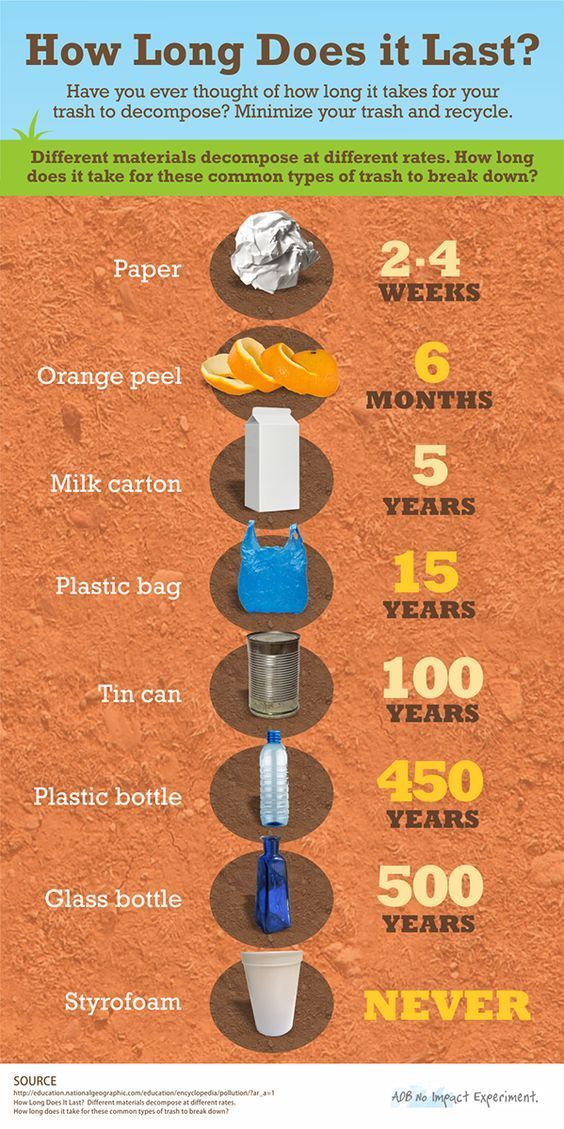 What kind of trouble awaits the baby:
What kind of trouble awaits the baby:
- Incorrect bite. There is an opinion that a child who sucks a pacifier for a long time will develop crooked teeth. Of course, this is not always the case. There are children who sucked a pacifier up to three years old, and at the same time have perfectly even teeth. There are still those who have never seen a pacifier and a bottle, but suffer from malocclusion. And yet, why put the health of the baby at risk? nine0008
- Problems with the pronunciation of sounds. It is not in vain that speech therapists and defectologists constantly talk about actively developing speech in children of two years old, so it is better to remove the pacifier and bottle already, otherwise it may be difficult to extract some sounds later.
- Relationship with the potty. Every mother is familiar with the frequent waking up of a child at night, especially if he sucks a bottle. And if the child drinks often, then he will urinate more often.
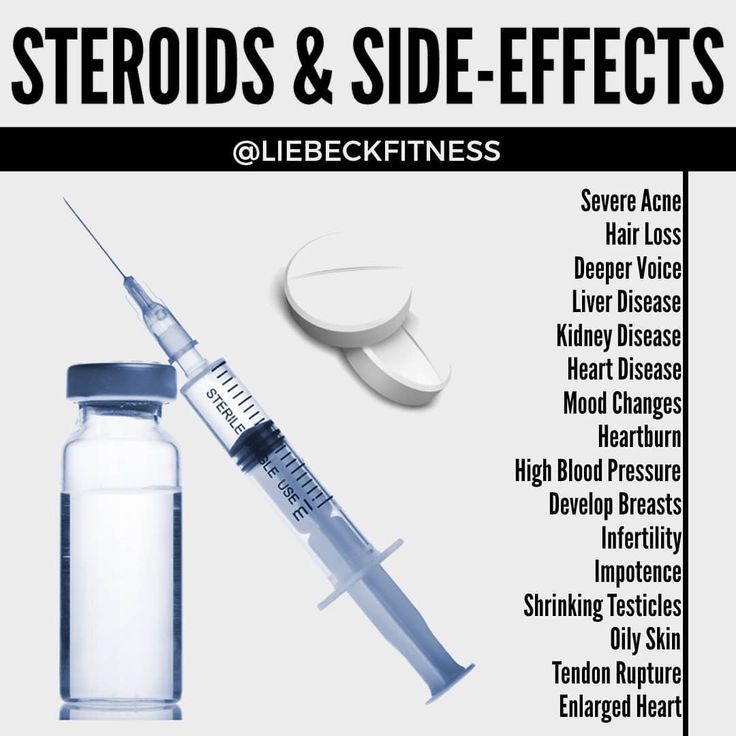 This is not a problem if the baby sleeps in a diaper, but if you decide to potty train your child, you first need to wean him from the bottle so that nightly trips to the toilet stop. nine0008
This is not a problem if the baby sleeps in a diaper, but if you decide to potty train your child, you first need to wean him from the bottle so that nightly trips to the toilet stop. nine0008
The optimal age for weaning
Pediatricians do not have a clear opinion on this issue. The most common opinion is to try to take the baby away from the bottle at the age of six months, when the baby has learned to sit without support and is able to hold the mug by himself. However, if you start accustoming to a mug very early, be prepared for the fact that he will suck on a pacifier for a long time, because, as mentioned above, the baby still needs to suck. If the child uses the bottle for a long time, then closer to two years, a stronger emotional connection may appear, which will not be easy to replace. nine0003
Speaking about the optimal age for weaning from a bottle, we can say that it simply does not exist. The time that is most suitable for weaning is determined by the parents themselves, because only they feel when this separation will be the least painful.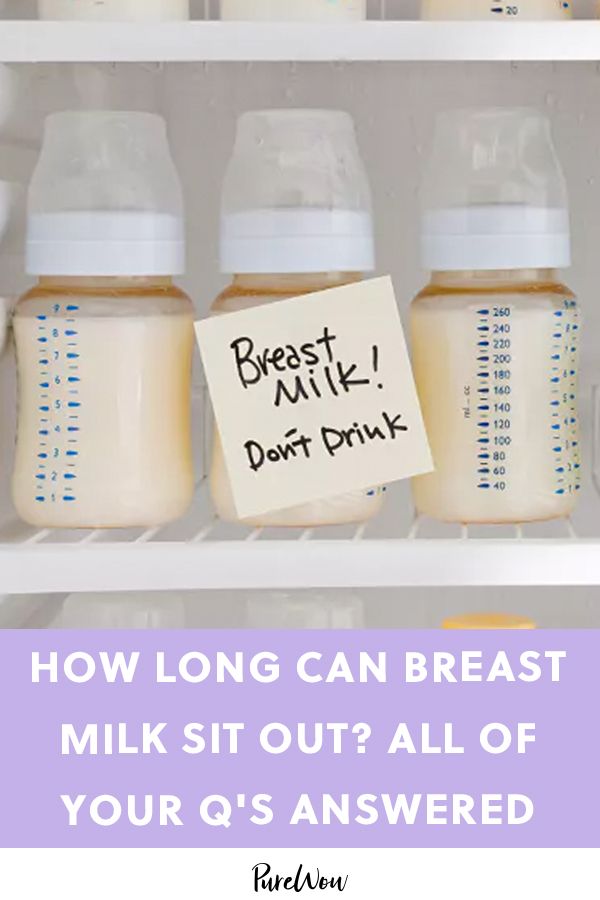
Weaning the baby from the bottle correctly
In such a difficult task, the main thing is to think carefully about the action plan. At the same time, do not miss that your child is individual and those methods that suit, for example, your friends may not suit you. nine0003
- Do not wean abruptly. Many mothers adhere to the principle that if you throw away the bottle abruptly, it will be easier. When you decide to take this advice, imagine that you have been deprived of your precious accessory of emotional love. Would it be easy for you to survive parting with the thing you need? The answer is obvious.
- Proceed to the cup gradually. If your child is not yet able to hold a mug, drinking water he manages to spill half of it by, give him the required amount of drinks in a bottle during the day. When he learns to hold a cup well and actively eat solid food, reduce the number of bottled drinks in favor of a mug.
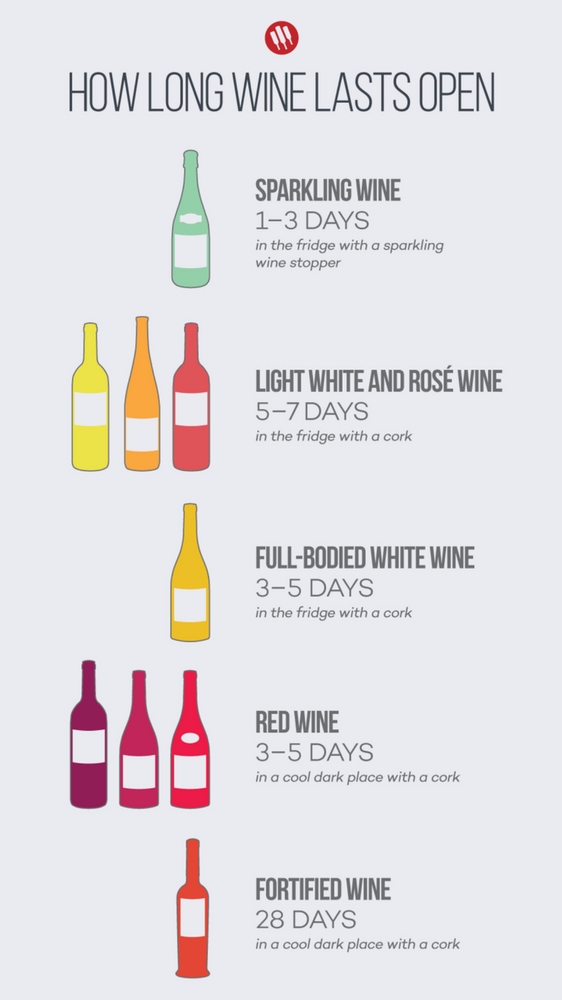 Do it smoothly. At first, you can “forget” to take a bottle for a walk, and during lunch, invite your baby to use a mug. nine0008
Do it smoothly. At first, you can “forget” to take a bottle for a walk, and during lunch, invite your baby to use a mug. nine0008 - Buy a cup. This bottle-cup hybrid makes life easier for parents who have made the decision to teach their child to drink from a mug once and for all. And it should be noted that this is a very successful method, which is a success. Babies enjoy drinking from these mugs. All sippy bowls have comfortable handles that will allow the child to learn how to deftly hold it. The sippy cup will not allow liquids to spill past the child's mouth, due to the narrow opening for the supply of liquids, which is completely wrapped around the lips. And even the most awkward kid will cope with this task without spilling a drop. nine0008
- Mix in bottle. We are taught from childhood that lying is bad, but if you decide to wean your child from things dear to him, you can resort to a little deception. To do this, in front of the child, you need to put a mug of milk and a bottle with a mixture diluted with water.
 Seeing that the baby is unhappy with the contents of the bottle, offer him to try milk from a cup (or formula if the child is not yet a year old). The child will eventually realize that the contents of the cup are tastier. nine0008
Seeing that the baby is unhappy with the contents of the bottle, offer him to try milk from a cup (or formula if the child is not yet a year old). The child will eventually realize that the contents of the cup are tastier. nine0008 - Eliminate night feedings. Every loving mother chooses her own way of weaning a child from feeding at night. However, it is worth considering that night feedings should be removed last, because at night the baby fills with a bottle not only the need for a snack, but also the need for self-soothing. Once you've decided to wean him off nighttime bottle feedings, figure out what you can replace them with. For example, you can create a bedtime ritual by telling your child a story, and instead of a bottle, give a pacifier or a pre-prepared plush animal that will now guard the baby’s sleep. It doesn't work for everyone, but it's worth a try. nine0008
- Arrange a holiday out of farewell to the little girl. If the child is already in his third year, and he is in no hurry to part with the bottle, you can call on your creativity to help.
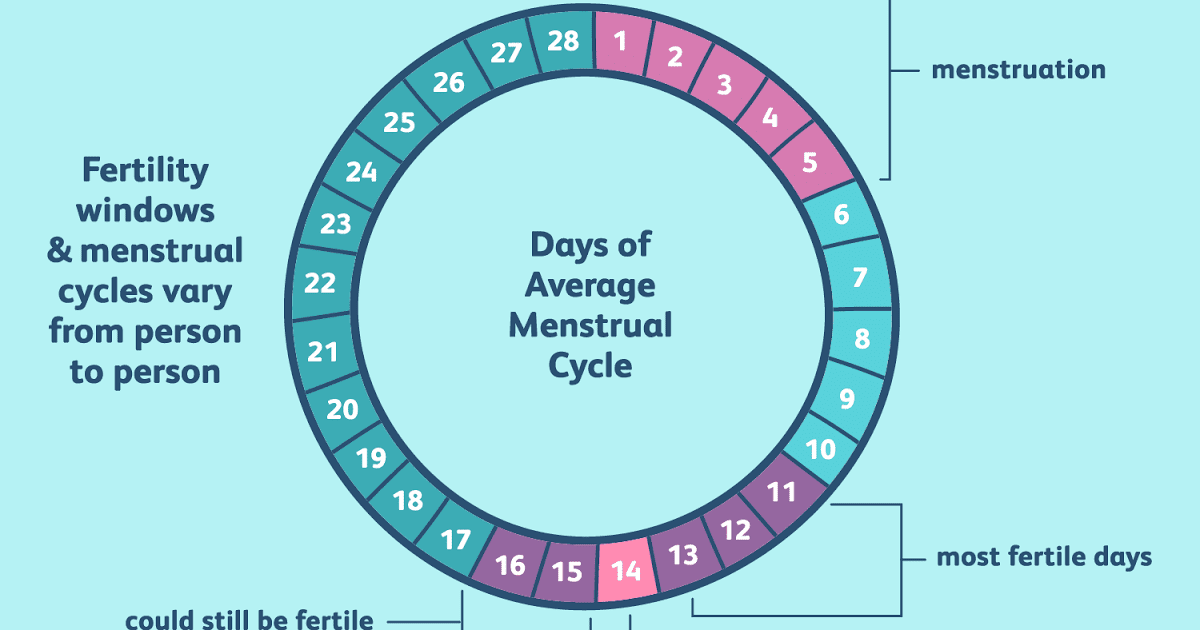 Think up, for example, a story about baby bears or wolves (choose your favorite animal) who were born in a zoo or in the forest and they are waiting for a kind boy or a sympathetic girl to give them a bottle so that they can eat from it, because they are completely small compared to your child. You can pack the bottle in a box, arrange it as a parcel by writing the addressee and play a scene with sending the parcel. Or take your child to the zoo, "giving" the bottle to the beast. And by all means praise the child for his kindness and generosity. If later the baby starts asking for the bottle back, remind him that he gave it to him and returning the gift is not good. nine0008
Think up, for example, a story about baby bears or wolves (choose your favorite animal) who were born in a zoo or in the forest and they are waiting for a kind boy or a sympathetic girl to give them a bottle so that they can eat from it, because they are completely small compared to your child. You can pack the bottle in a box, arrange it as a parcel by writing the addressee and play a scene with sending the parcel. Or take your child to the zoo, "giving" the bottle to the beast. And by all means praise the child for his kindness and generosity. If later the baby starts asking for the bottle back, remind him that he gave it to him and returning the gift is not good. nine0008
What not to do
Almost every child perceives the separation from the bottle very painfully and begins to cry, act up, showing discontent with all his appearance. In such cases, be firm and do not allow yourself to be led by the whims of your child. Children are very susceptible to mood swings in their parents, so if you ever think that you were in a hurry, the child will immediately feel it.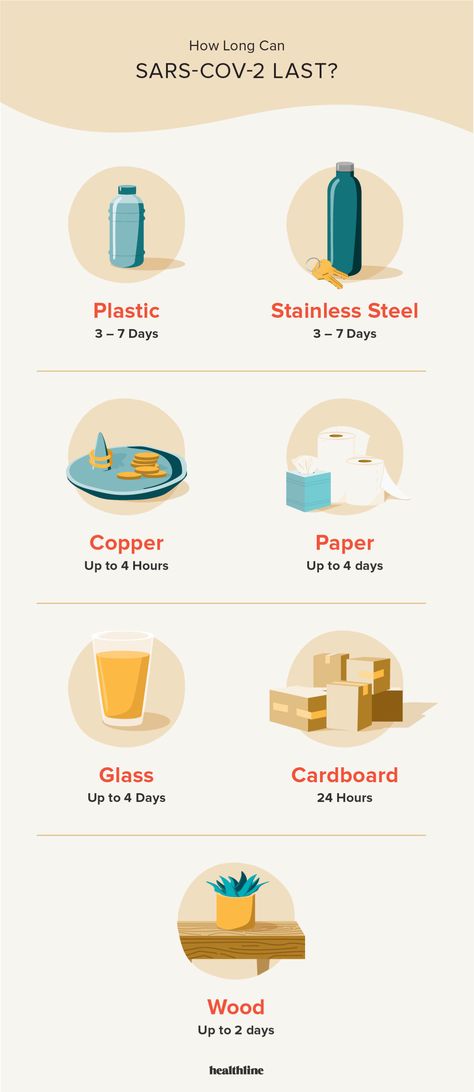 Do not give up, because the next time it will be much more difficult to wean it. nine0003
Do not give up, because the next time it will be much more difficult to wean it. nine0003
It is also impossible to separate a baby from his favorite things if he is already experiencing severe emotional upheavals: parents divorce, mother's exit from maternity leave, etc., otherwise an attempt to wean them risks ending badly for the baby's psyche.
There is a time for everything
When parting with a bottle, children experience negative emotions. The exceptions are those cases when the baby himself decided to part with her. Parents should be aware that the baby will cry, ask for the bottle back. It is important here not to succumb to the whims of the child and wait 2-3 days. Usually that much time is enough for him to forget his favorite thing. If you yourself caught yourself thinking that you decided too early to separate the baby from his attachment, stop this process and return to him later. nine0003
Psychologist's advice on weaning from the bottle:
Certification of baby bottles in Rostest MSK
Baby bottles are the first dishes for a newborn baby. They are used to feed children from the first days of life, until the moment when the child completely switches to solid food. Since such dishes are used for the smallest, during operation they must be safe and not harm the health of the baby.
Usually this kind of cutlery is made of glass, plastic and meets the following parameters:
- no sharp edges;
- the tightness of the product is ensured;
- strength - when falling from a height of 120 cm, there should be no structural damage, chips, cracks and deformation;
- the content of chemical compounds dangerous for the child's body is excluded.
Baby bottle certification features
Certification of baby bottles is a procedure for confirming that this type of product meets the requirements for quality and safety.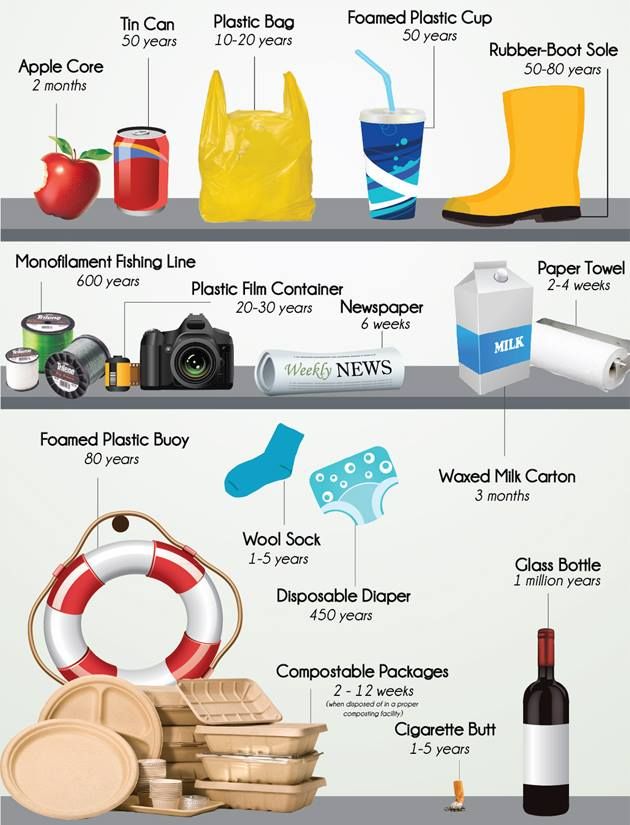 The norms of the technical regulation of the Customs Union (TR CU) 007/2011 in relation to this category of goods establish mandatory state registration with subsequent declaration.
The norms of the technical regulation of the Customs Union (TR CU) 007/2011 in relation to this category of goods establish mandatory state registration with subsequent declaration.
For this purpose, product samples are provided to a specialized laboratory for a set of tests. According to their results, a protocol is drawn up. It serves as the basis for obtaining a certificate of state registration - SGR and a declaration for the release of a baby bottle for sale. nine0003
Declaration of Conformity and SGR are mandatory for legal implementation throughout the EAEU. This means that every entrepreneur from any member country of the Customs Union, who manufactures, trades or imports dishes for children under the age of 3, must issue them without fail. Ignoring this requirement is regarded by the regulatory authorities as an administrative violation, for which a fine is imposed, and the goods are confiscated.
Voluntary confirmation of the quality of goods
In addition, the company (IE) has the opportunity to obtain a certificate of conformity for baby bottles in addition to the package of mandatory papers.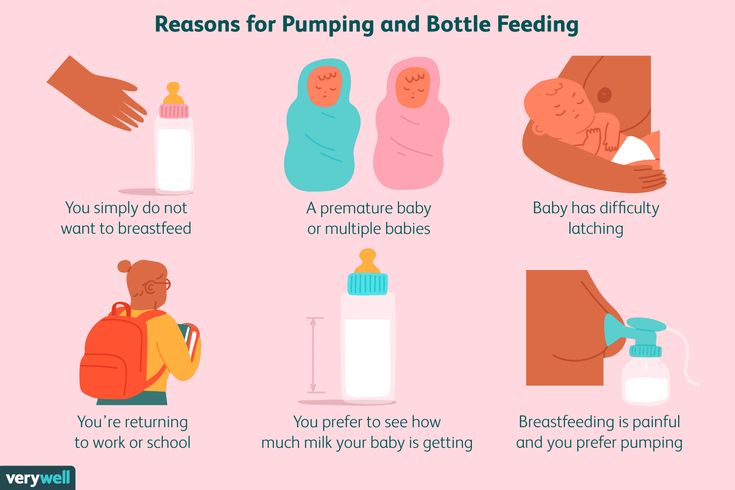 This document confirms the compliance of products with the norms of national standards of the Russian Federation. Its presence opens up a number of opportunities for the holder:
This document confirms the compliance of products with the norms of national standards of the Russian Federation. Its presence opens up a number of opportunities for the holder:
- helps to expand markets and increase sales;
- allows you to increase profits by signing lucrative contracts with large companies; nine0008
- guarantees an increase in consumer confidence, thanks to the unified PCT marking "voluntary certification".
To complete a complete turnkey documentation package for the specified product for children, you should contact the MOS PCT certification center for help.
Registration of SGR, declaration, certificate for baby bottles
To pass the assessment procedure, an entrepreneur must prepare the following:
- an application of a certain form; nine0008
- copies of registration certificates, articles of association;
- full information about the product - includes the name, code, main properties, composition and other;
- normative and technical materials - if not available, MOS RST specialists will help you choose the appropriate GOST or develop specifications in accordance with the norms of the current legislation;
- supply contract with shipping documents - for bottles of foreign production;
- samples.
